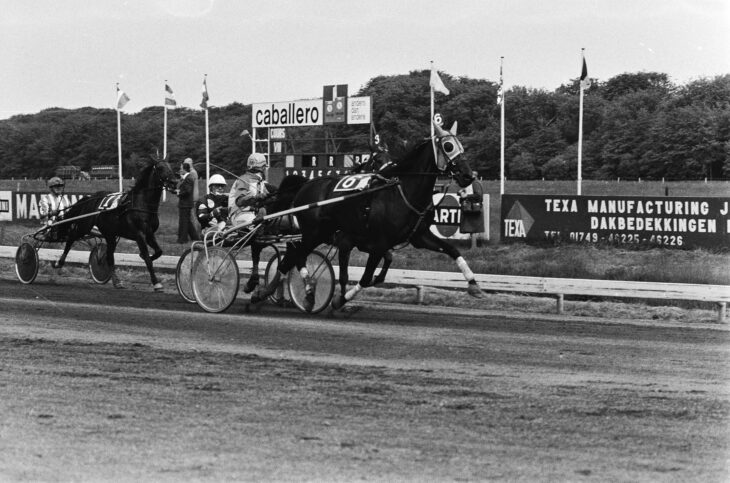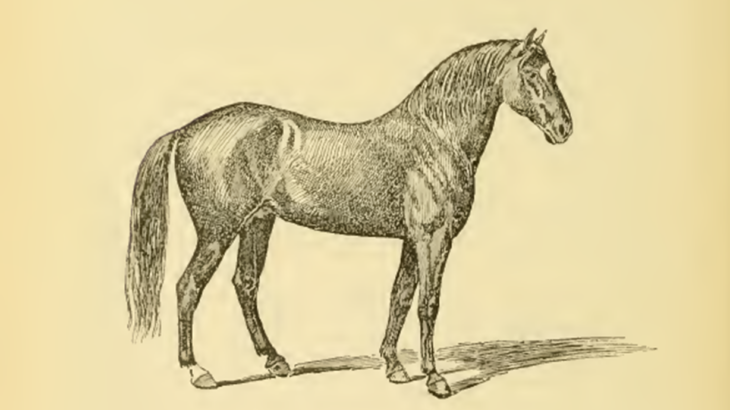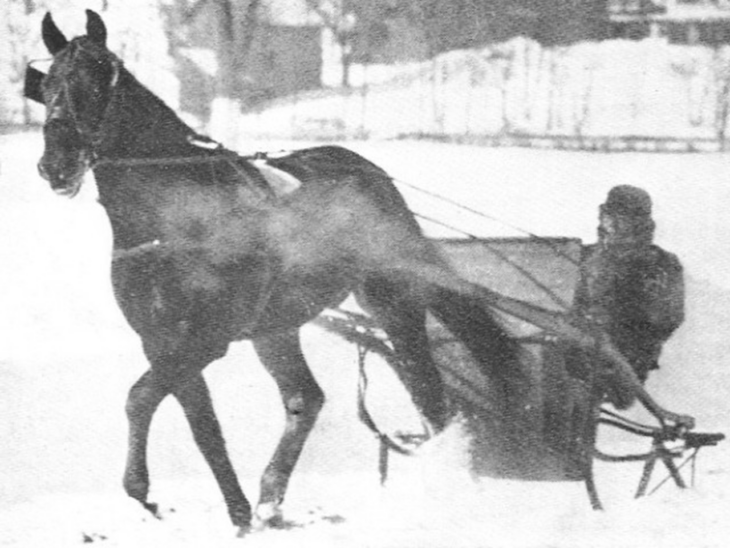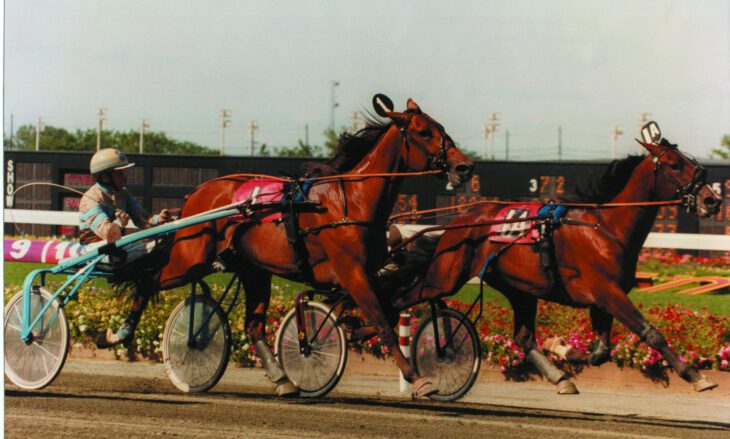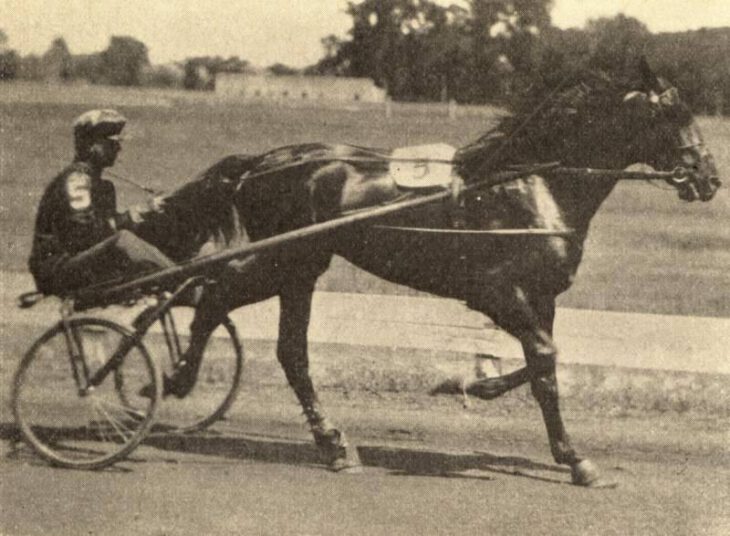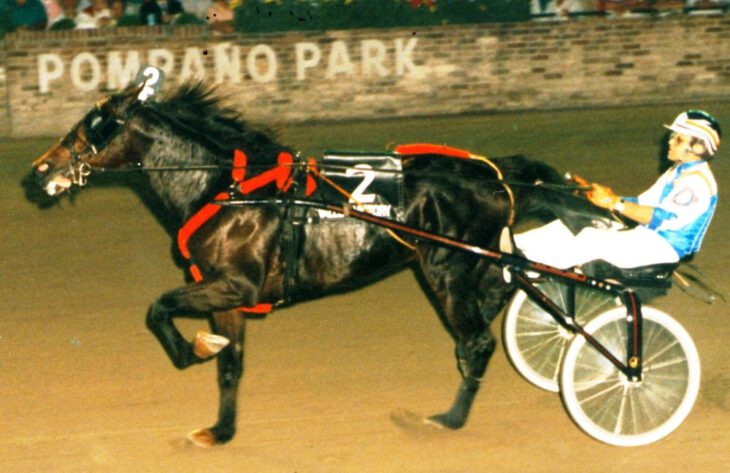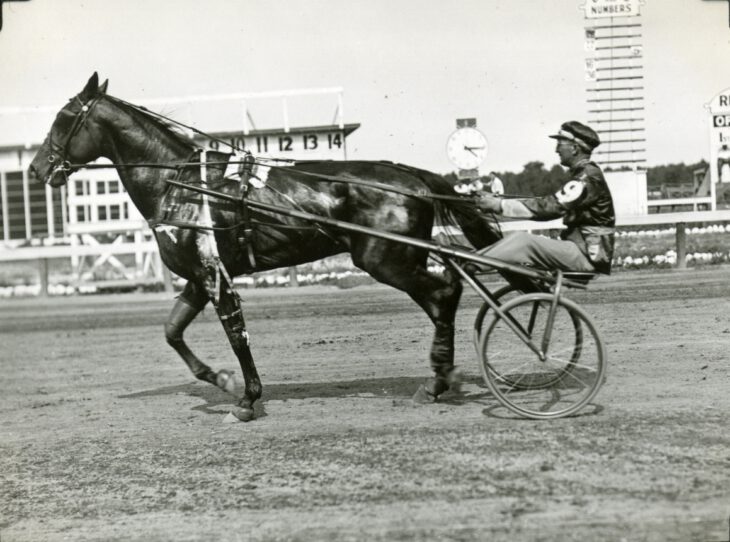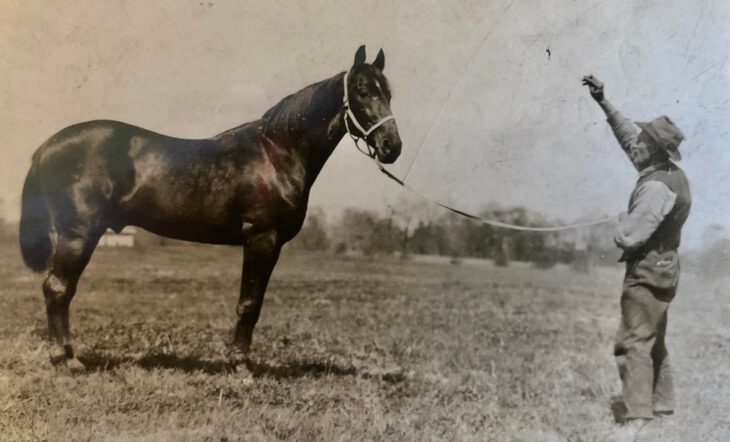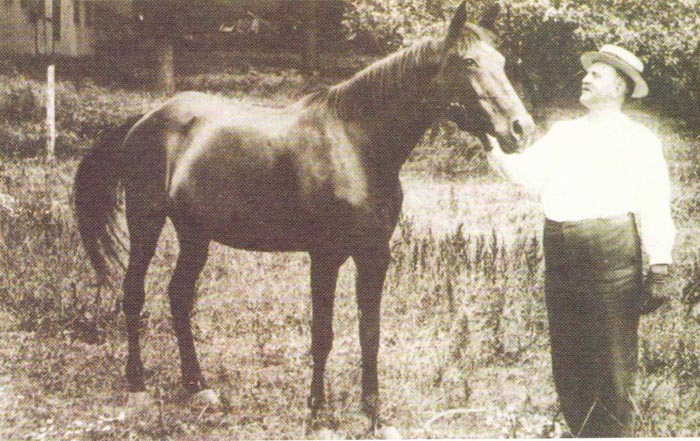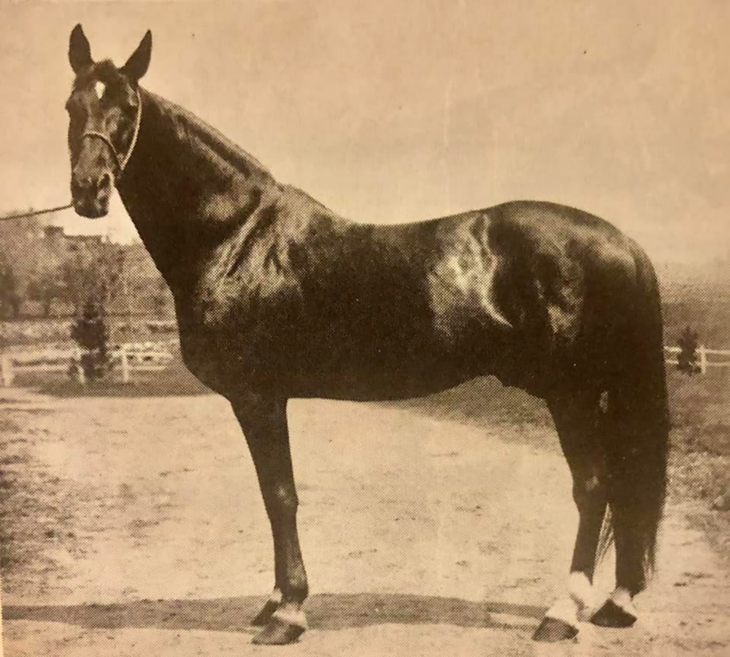She was bought as a bit of a gamble, and let her nerves get the better of her in her European debut. It wouldn’t take long for the mare to be the darling of hew new country, however. Dutch trotting fans adored Speedy Volita, the mare who won a massive 99 wins in her new homeland and became so popular she even got her own song.
Read MoreAmerican
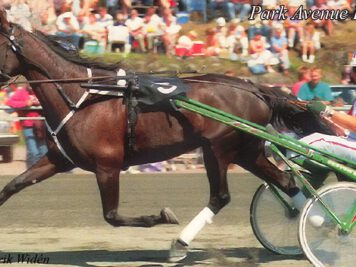
The queen’s terrible demise
She was a really good youngster in the US, winning the Hambletonian Oaks and Kentucky Futurity filly, and blossomed into one of...
Read More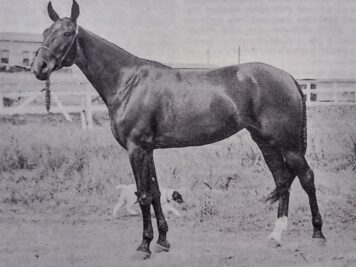
The game superstar who raced herself to death
She was on her way to possibly becoming one of the best trotters in history when tragedy struck. The tale of Sadie Mac is one a...
Read More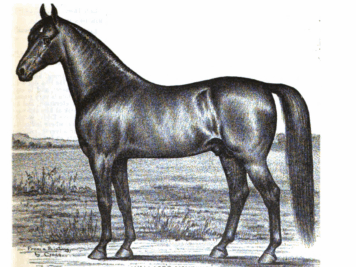
The great horse of San Mateo (and the Captain’s mare)
She was one of the most famous trotters around the time Hambletonian was born, but we don’t even know her name. In the mid...
Read More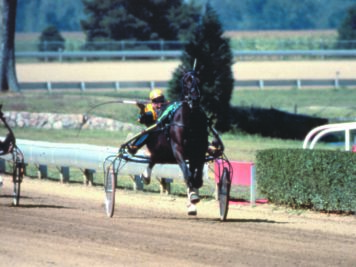
The terror
In the case of Nevele Pride, it is not only the horse that is legendary, but also his temperament. For every great race-related...
Read More
The last Yankee superstar
He was the last superstar trotter bred by Yankeeland Farms, the legendary Maryland-based farm that closed its doors in 2006...
Read More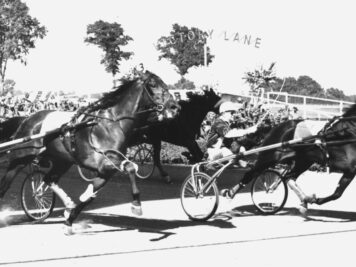
The juvenile delinquent
The third horse to win the trotting’s Triple Crown, Ayres, was always an great talent, but at 2 there were question marks...
Read MoreHe was discredited and a victim of manipulation of historical facts. As head of the family carrying his name, Henry Clay was the offer of malicious rumors, but did play a role in the development of both the American and French trotter.
Read MoreHe was talented but a contagious virus ruined his three-year-old season. Being sold to Europe got Bulwark’s career back on track but it was as a stallion he became truly legendary. Despite a relatively limited number of foals, the colt completely dominated the stallion ranks in his new home country.
Read MoreHe was the unlikeliest of Hambletonian heroes. His breeder felt forced to buy his dam despite not wanting her, and also felt cheated when he first saw his new broodmare. His trainer cheered for another horse. His driver felt so sure he couldn’t win that he didn’t even invite his family. But in the 1992 Hambletonian final, Mickey McNichol and Alf Palema found the tiniest of openings to sprint to victory.
Read MoreThe New England-star was sold to Europe and impressed the French so much he was purchased by their national stud. Despite all the high hopes, though, Net Worth turned out to be highly average as a stallion. There was nothing average about his performances on the track, however, as illustrated by him humiliating the French elite at Vincennes when he was 11.
Read MoreHe is one of the most influential and best stallions of all times, and has been a breed changer for American trotting. It could easily have been very different, because Valley Victory was nearly lost to US breeders twice before he even started his illustrious stallion career. Sweden’s loss was North America’s gain as the super stallion proved to be a real breed changer despite poor fertility.
Read MoreHe was the talent that didn’t quite live up to his pedigree and the expectations. Sold to Europe, Brother Hanover produced tremendously well at stud in both the Netherlands and Germany and was an active stallion until his 30s.
Read MoreHe turned out to be one of the most important stallions in standardbred history, but it could have been very different. The colt was a challenge for his trainer and only made two starts in his first two seasons. In the end he only lasted five more races before a disappointed owner sold him to a buyer whose partner really didn’t want the horse at all. But Peter the Great persevered and became a true legend and foundation stallion of the standardbreds.
Read MoreShe had a questionable pedigree, was difficult to handle, didn’t trot well and didn’t even start a single race. However suspect and hopeless the mare and her background appeared, Santos produced two of the best horses of her day and was a remarkable broodmare.
Read MoreThe colt had talent, but had inherited his sire’s poor feet and was rushed too early to the races and as a result barely raced because of his lameness. Showing exceptional speed, his new owner decided to gamble on the six-year-old colt at stud. Virtually everybody thought it was a ridiculous folly of judgment. However, John Shults had the last laugh as Axworthy turned out to be one of the foundation sires of the standardbreds.
Read More
